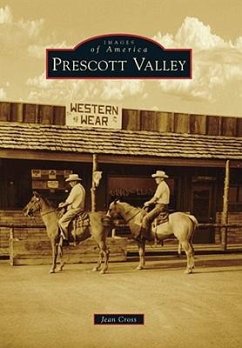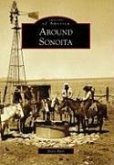When gold was discovered along Lynx Creek in 1863, the area that would later become Prescott Valley began to attract attention from the outside world. Miners came and so did the military, which established Fort Whipple in nearby Prescott but made use of Glassford Hill as part of a communication system. By the early 1900s, homesteaders, merchants, freighters, and ranchers had also arrived. As the 20th century progressed, what had been a peaceful stretch of grazing land known as Lonesome Valley gave way to a budding town finally incorporated in 1978 with 1,520 citizens. On the land where a volcano erupted long ago, mammoths once roamed, prehistoric people hunted, miners sought their fortunes, and ranchers herded cattle, Prescott Valley is today a thrivingaand rapidly growingatown of more than 35,000 residents that has retained much of its small-town character and charm.







